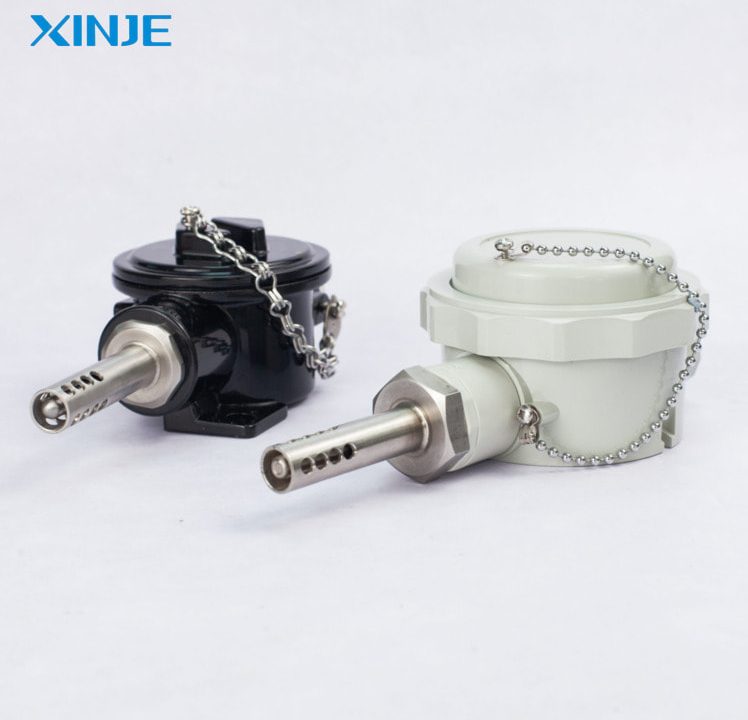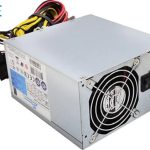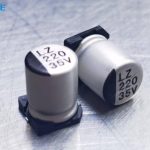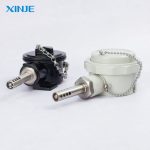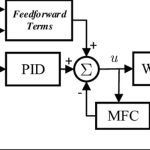In servo systems, performance depends not only on the hardware configuration but also on the operating environment – especially the Ambient Temperature. Understanding the role of temperature will help engineers be more proactive in the design, equipment selection and ensure the system operates stably for a long time.
What is Ambient Temperature?
Ambient Temperature is the air temperature surrounding an electrical device under actual operating conditions, excluding the effects of heat generated by the device. This is an important parameter in the design and operation of automation systems, especially servo motors and servo drivers.
Different from core temperature or surface temperature of the device, Ambient Temperature represents the external environmental conditions where the device is operating. This temperature level directly affects the heat dissipation capacity and component durability.
In a servo system, choosing the right device for Ambient Temperature is of utmost importance. Most manufacturers specify an ideal operating temperature range of 0°C to 40°C. If the threshold is exceeded, the servo motor may be reduced in power, activate protection mode or shorten the life of the device.
What is the relationship between Ambient Temperature and Servo System?
In a servo system, the ambient temperature (Ambient Temperature) is a factor that directly affects the performance, stability and durability of the device. Both servo motors and servo drivers have specific operating temperature limits recommended by the manufacturer (usually in the range of 0–40°C).
When the Ambient Temperature exceeds the allowable threshold, the following problems may occur:
- The ability to dissipate heat is reduced, causing the motor to heat up quickly and easily overheat.
- The servo driver can automatically reduce power or turn off thermal protection to avoid component damage.
- Position error increases due to thermal expansion in the drive mechanism or interference from the encoder.
- Some control devices respond slowly, causing vibration or overshoot during operation.
Conversely, if the Ambient Temperature is too low (such as in cold storage, deep conditioning workshops, etc.), the device may be frosted, condensed, causing short circuits or encoder slippage due to condensation.
Therefore, when designing or operating a servo system, engineers need to:
- Monitor the actual Ambient Temperature in the installation area.
- Ensure good ventilation and cooling for the driver, motor and electrical cabinet.
- Choose equipment suitable for the specific environment (hot, humid, dusty, airtight, etc.).
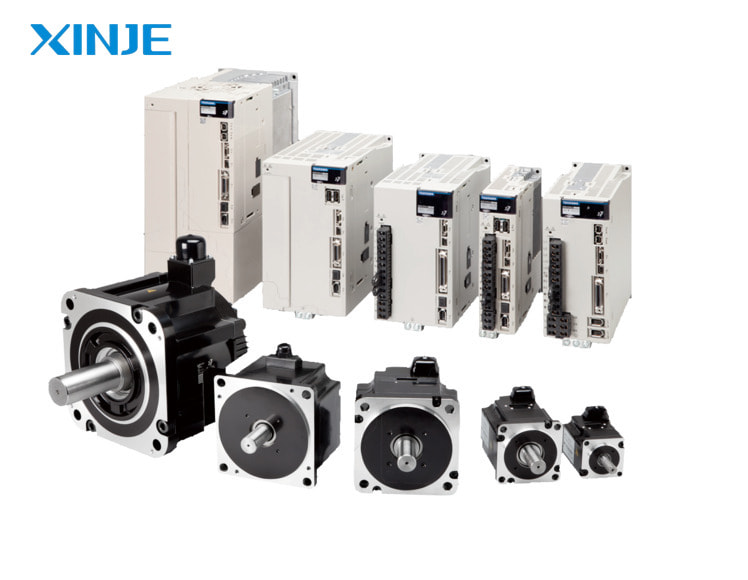

What are the benefits of controlling Ambient Temperature?
Maintaining a stable and suitable Ambient Temperature in the operating environment helps increase the efficiency and durability of the entire servo system:
- Maintaining stable performance: Servo motor and driver always operate in ideal conditions, without losing torque or losing response.
- Increasing equipment life: Reducing the risk of premature damage to capacitors, power modules and coils due to long-term thermal effects.
- Reducing the risk of machine shutdown due to thermal errors: The system is less likely to suddenly shut down or warn of overheating errors – thereby reducing downtime, increasing the continuity of the production line.
- Improving control accuracy: Encoders and sensors do not drift in value or respond slowly – helping to maintain position and speed according to programming requirements.
- Reducing maintenance and replacement costs: Equipment does not wear out early, reducing the frequency of having to repair or replace components.
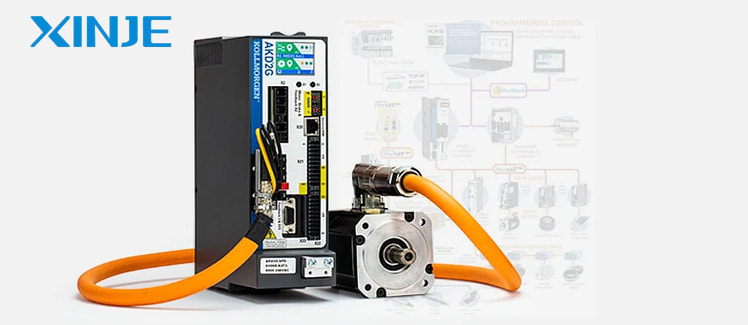

What are the risks when Ambient Temperature exceeds the allowable threshold?
When the ambient temperature exceeds the allowable level (usually >40°C), the servo system will face many serious risks, including:
- Loss of position stability: The coil inside the servo motor overheats, causing loss of precise position control or oscillation when running at low speed.
- Reduced component life: Components in the driver such as capacitors and power modules are prone to rapid aging when operating continuously at high temperatures.
- Power drop or auto-shutdown: The servo driver will activate the internal protection mechanism (derating or thermal shutdown), resulting in a reduction in processing speed, torque drop or temporary shutdown to protect the circuit.
- Feedback drift: The optical encoder or integrated sensor may have errors or signal delays due to temperature changes, causing feedback errors to the central controller.
This condition not only affects machine performance but can also lead to system failure if not handled promptly.
What to note when choosing a servo for a high/low temperature environment?
When the servo device is installed in an environment with abnormal Ambient Temperature (too hot or too cold), the engineer needs to consider the following important factors:
- Choose a servo motor and driver with a suitable temperature range: Check the manufacturer’s specifications. For harsh environments, it is recommended to choose a type with a wider operating range than the standard (eg: -10°C ~ 50°C).
- Prioritize devices with good heat dissipation: Choose a motor with an aluminum heat sink, a driver with ventilation slots or additional fan support.
- Consider the derating factor: In high temperature environments, some devices may reduce capacity. It is necessary to calculate excess load when choosing a model to avoid lack of torque in actual operation.
- Protection and anti-humidity/frost: With low temperatures (cold storage, highlands, etc.), it is necessary to pay attention to the risk of condensation causing short circuits. It is recommended to use an additional sealed electrical cabinet with heat drying or dehumidification.
- Consider IP protection standards: When installed in hot dusty environments or near heat sources (furnaces, furnace lines), it is recommended to choose equipment with high IP standards (IP54 or higher) to increase durability.
- Equip with a temperature sensor and early warning: Add a temperature sensor in the electrical cabinet or on the motor to monitor Ambient Temperature and activate a warning if it exceeds the safety threshold.
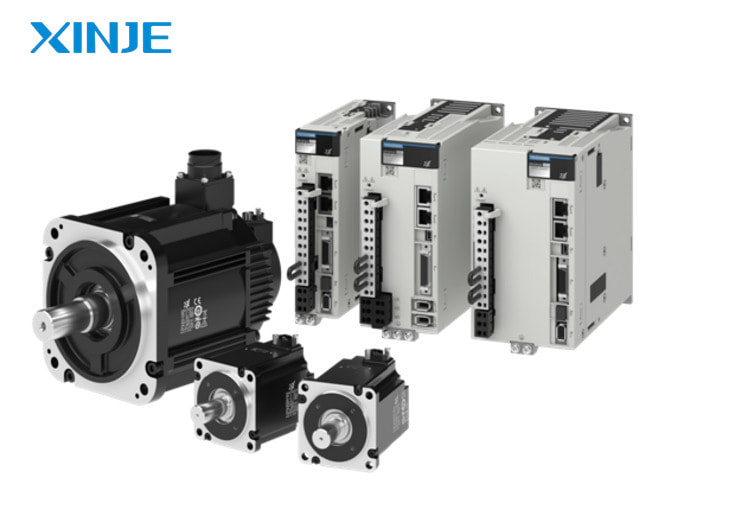

Conclusion
Ambient Temperature is a seemingly simple factor but has a profound impact on the performance and durability of servo motors and drivers in motion control systems. Understanding the relationship between ambient temperature and equipment helps engineers make appropriate choices, thereby optimizing operations, extending service life and minimizing the risk of machine downtime.
Especially in harsh environments, controlling Ambient Temperature is not just a recommendation – it is a mandatory requirement in any professional automation system design.

